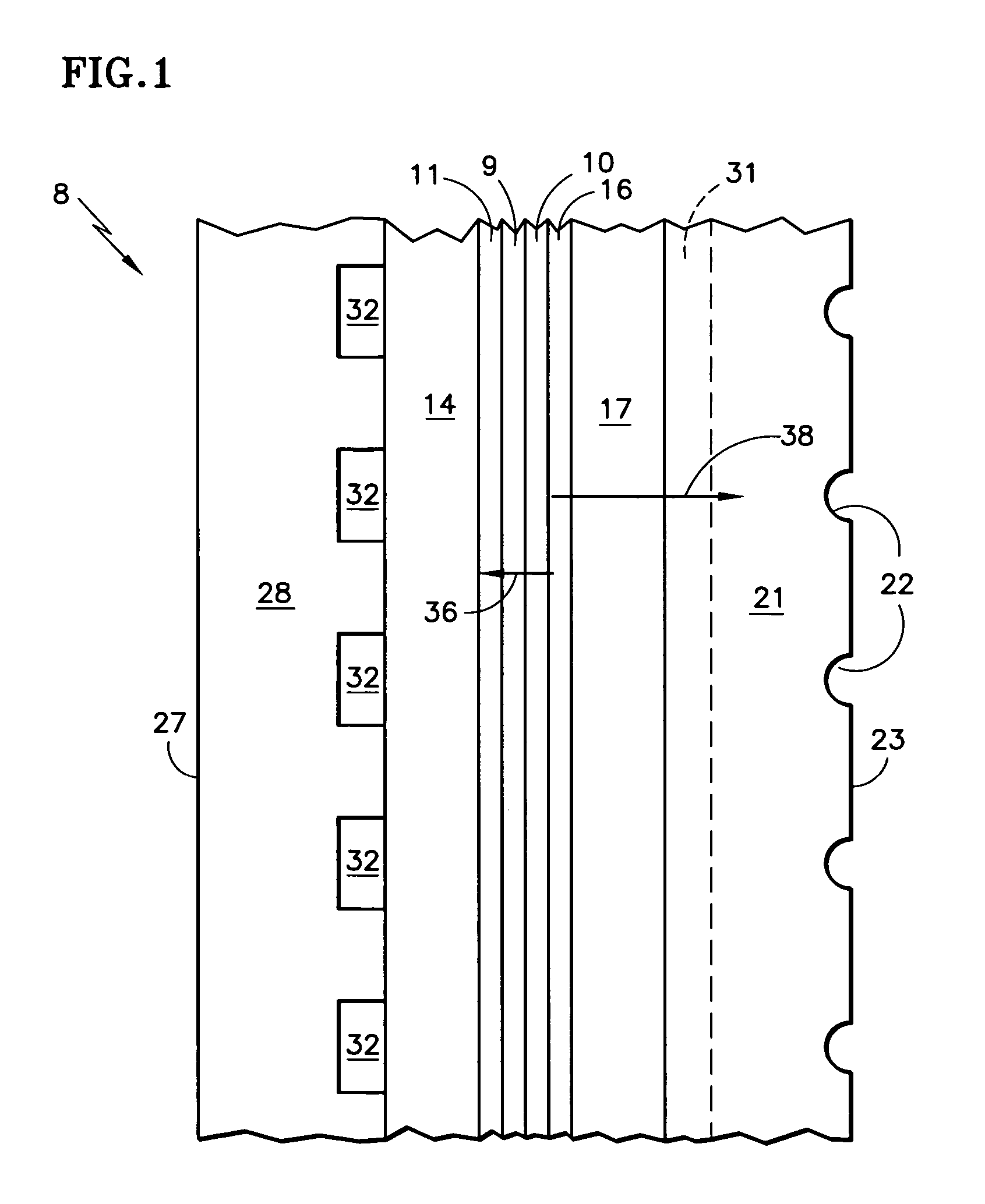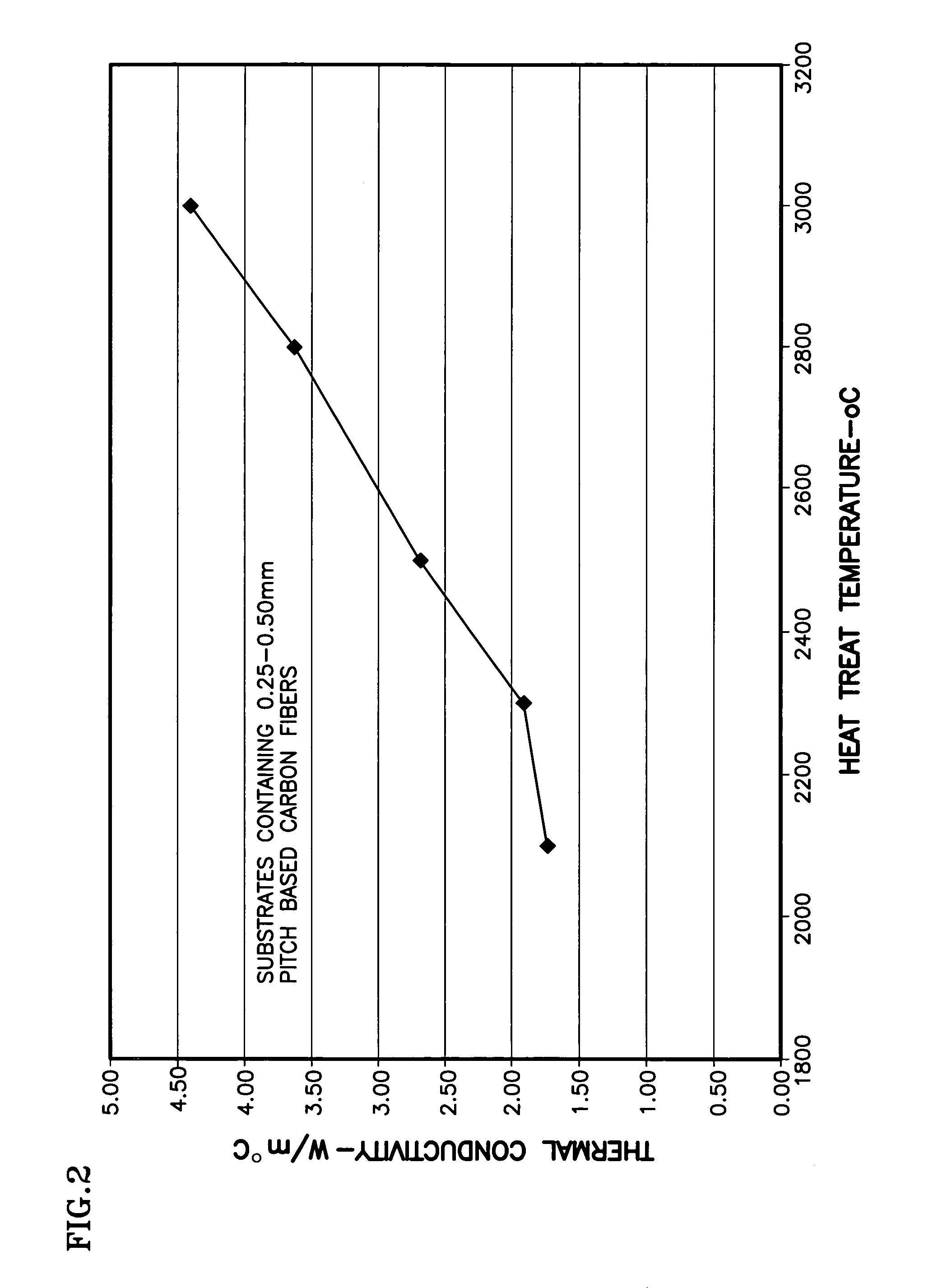Fuel cell with thermal conductance of anode greater than cathode
a fuel cell and thermal conductance technology, applied in the field of polymer electrolyte, proton exchange membrane fuel cells, can solve the problems of reducing the useful life of the fuel cell, and achieve the effects of reducing parasitic power, simple configuration, and increasing humidification of the anode sid
- Summary
- Abstract
- Description
- Claims
- Application Information
AI Technical Summary
Benefits of technology
Problems solved by technology
Method used
Image
Examples
Embodiment Construction
[0017]Referring to FIG. 1, a fuel cell 8, which typically is used in a stack with other fuel cells in a known fashion, includes a polymer electrolyte, proton exchange membrane 9 having a cathode catalyst 10 on one surface thereof and an anode catalyst 11 on an opposing surface thereof. The anode has a porous substrate 14 which may be hydrophilic, partially hydrophilic, or hydrophobic and may contain a diffusion layer (bi-layer) but in this embodiment does not have a diffusion layer. The cathode however has a diffusion layer 16 between a porous cathode substrate 17 and the cathode catalyst 10. Alternatively, the diffusion layer may be omitted from the cathode. The cathode substrate may be hydrophilic, partially hydrophilic, or hydrophobic as is known.
[0018]Adjacent each of the substrates is a porous reactant flow field plate, in this instance of the type referred to as a water transport plate. A cathode water transport plate 21 has water flow channels 22 in a surface 23 thereof, whic...
PUM
| Property | Measurement | Unit |
|---|---|---|
| thermal conductance | aaaaa | aaaaa |
| thickness | aaaaa | aaaaa |
| thickness | aaaaa | aaaaa |
Abstract
Description
Claims
Application Information
 Login to View More
Login to View More - R&D
- Intellectual Property
- Life Sciences
- Materials
- Tech Scout
- Unparalleled Data Quality
- Higher Quality Content
- 60% Fewer Hallucinations
Browse by: Latest US Patents, China's latest patents, Technical Efficacy Thesaurus, Application Domain, Technology Topic, Popular Technical Reports.
© 2025 PatSnap. All rights reserved.Legal|Privacy policy|Modern Slavery Act Transparency Statement|Sitemap|About US| Contact US: help@patsnap.com



